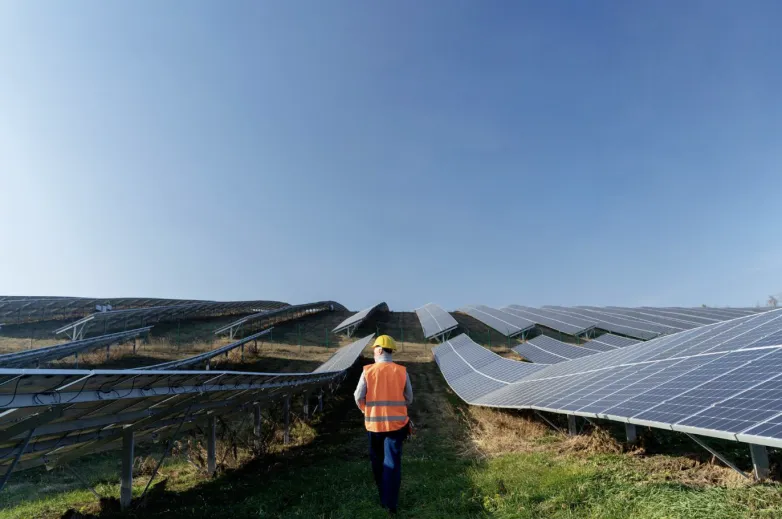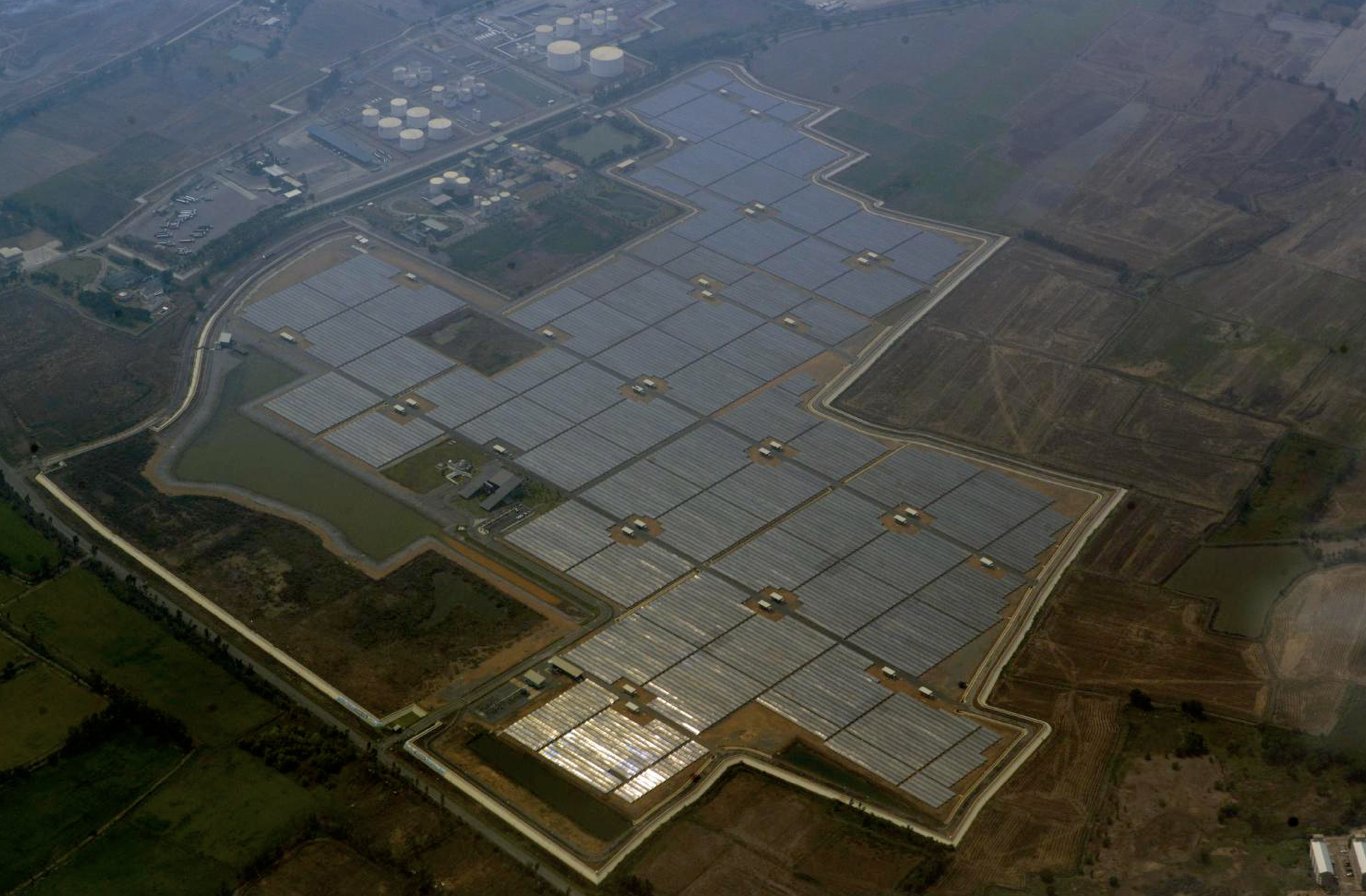The Power Of Satellites: How Space Technology Expands Horizons For Solar Energy

Solar energy is clean and limitless, but capturing it efficiently is not as simple as placing panels under the sun. A site with much sunlight may still be a poor choice if seasonal weather patterns, soil stability, or infrastructure limitations aren’t factored in. Satellite technology gives developers the full picture of how to choose locations where energy production will remain stable and profitable over time.
Once solar farms are running, keeping them efficient requires constant monitoring. With live search and view of satellite images, operators track real-time conditions affecting their solar panels — from approaching dust storms to growing trees creating unwanted shade. The most promising use of satellite technology for solar power, however, is yet to come; it holds the potential to reduce obstructions to the sun’s beams and provide solar power around the clock.
Finding The Right Site For Solar Farm With Satellite Technology
Building a solar farm is a long-term investment. While sunshine matters most, long-term efficiency and profitability depend on dozens of factors working together. Satellite technology helps choose the site where all factors align.
First, satellites analyze solar radiation not just as an annual average but by season, time of day, and local climate patterns. A location with a strong midday sun might seem perfect, but if mornings and afternoons are cloudy, energy production won’t be consistent. Live and historical satellite imagery pinpoints areas with the most stable and reliable sunlight exposure.
Terrain also matters. Some sites, ideal at first glance, conceal unstable slopes and flood risks. Satellites detect these problems in advance, saving developers from costly surprises.
Infrastructure is last but not least to consider. If the closest substation is too far away or if there are no routes for maintenance workers, a potential site loses appeal. Satellite imagery maps out the best locations where solar farms can connect to the grid easily and affordably.
With this data analyzed all at once, solar developers can find sites where energy production is high, costs low, and the risk of future problems minimal.

Enhancing Solar Panel Efficiency Through Satellite Monitoring
Once solar panels are installed, think of how to keep them efficient. Live satellite images of Earth help track factors that reduce efficiency, such as cloud cover, dust buildup, and shading:
-
Weather events. Clouds and storms affect how much sunlight reaches solar panels. Thanks to live satellite views showing what happens in real time, operators can predict energy dips and adjust power distribution accordingly.
-
Dust and air pollution. Even a thin coating of dust lowers solar panel efficiency. Satellites detect dust storms and pollution hotspots, helping maintenance teams schedule cleaning only when necessary.
-
Shading. Nearby structures, growing trees, or even seasonal sun angles can create shading that limits a panel’s energy output. With the ability to get live satellite images, operators can identify problem areas and adjust panel placement or clear obstructions.
Ongoing satellite monitoring also helps identify underperforming panels. If a panel is producing less energy than expected, it may have dirt buildup, damage, or electrical issues. When the problem is located, operators can quickly resolve it and prevent long-term energy losses.
With the continuous stream of satellite data, solar operators no longer have to guess when to clean, adjust, or repair their systems. Now, they can reduce downtime and keep energy production steady, no matter the challenges.
Advancing Solar Power With Satellite Innovations
Solar energy is cheap and abundant. However, achieving its full potential depends on technology that can track, predict, and optimize how it’s used. Satellite technologies can do all of this with the help of:
-
High-resolution imaging. High-resolution live satellite images, like those provided by EOSDA LandViewer, reveal details that ground inspections might miss — dust buildup, shading from trees, or slight panel misalignments that reduce efficiency. Frequent updates allow for quick fixes before energy production drops.
-
AI-powered analytics and forecasting. Satellites collect vast amounts of environmental data, but raw numbers mean little without smart analysis. AI translates this data into precise energy forecasts, detects performance issues before they escalate, and even predicts when panels will need cleaning or maintenance.
-
Space-based solar power (SBSP). Unlike ground-based solar farms, space-based panels receive constant sunlight. The energy is sent to Earth using microwave or laser beams, ensuring a steady power supply. Japan’s OHISAMA project is one of the first steps toward proving this concept.
-
Satellite constellations. They create a seamless monitoring system for solar farms worldwide. By tracking real-time weather changes and optimizing power distribution, they help balance energy supply with demand.
Space-based solar collecting combined with satellite monitoring solves conventional solar power’s main flaw: its dependence on local weather and daylight hours. By lowering maintenance expenses and enhancing energy forecasting, satellite technologies let grid operators better plan and depend less on backup power sources, thus making solar energy more economical. Reliable, clean energy brought by these technologies will reach places hitherto thought unsuitable for solar power, including remote areas and areas with regular cloud cover.
Satellite And Solar Technologies: A Perfect Match For Sustainability
Today, satellites do much more than find sunny places for solar panels. Live satellite views of Earth expose hidden problems with land, warn about approaching dust storms, and spot panels that aren’t working well. As technology improves, we’re even exploring putting solar collectors in space where the sun always shines. This combination of space technology and solar power is making clean energy more reliable and available worldwide, even in places we once thought impossible.
Also read
- 5 Critical Metal Forming Processes in Solar Panel Manufacturing
- Maximizing Efficiency with Low-Maintenance Solar Panel Systems
- Cyber Hygiene for Solar Companies: Protecting Your Data from Email Threats
- 5 Hidden Issues That Keep Your Power Bills High With Solar
- Invitation to Solar PV & Energy Storage World Expo 2026

